Beginner Orchid Growing: Getting Started With Orchid Plants
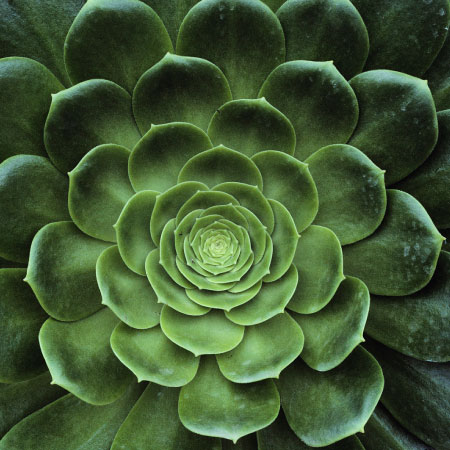
Amy Draiss
Orchids have a reputation for being finicky, difficult plants, but many orchids are no harder to grow than your average houseplant. Start with an “easy” orchid, then learn the basics of growing orchids. You’ll be addicted to these fascinating plants in no time. Read on to learn about beginner orchid growing.
Orchid Growing for Beginners
Getting started with orchid plants means selecting the best plant for beginner orchid growing. Although there are many types of orchids, most pros agree that Phalaenopsis (moth orchid) performs well in the average home environment and is great for those just starting out.
A healthy orchid has a strong, erect stem with dark green, leathery leaves. Never buy an orchid that looks brown or wilted.
Basics of Growing Orchids
Light: The amount of light varies considerably, ranging from high, medium, or low light, depending on the type of orchid. Moth orchids, however, prefer low lighting, such as an east-facing or shaded window, or a spot where the plant receives morning sun and afternoon shade. You can also place the orchid under a fluorescent light.
Your plant will tell you if it’s getting too much (or too little) light. Leaves tend to become greener when light is too low, but they may turn yellow or bleached-looking when light is too bright. If you notice black or brown patches, the plant is likely sunburned and should be moved to an area with lower light.
Temperature and humidity: Like light, orchid temperature preferences range from low to high, depending on the type of orchid. Moth orchids, however, do well in normal room temperatures preferred by most houseplants.
Most orchids prefer humid environments. If your room is dry, place the orchid on a humidity tray to increase moisture in the air around the plant.
Gardening tips, videos, info and more delivered right to your inbox!
Sign up for the Gardening Know How newsletter today and receive a free copy of our e-book "How to Grow Delicious Tomatoes".
Water: Overwatering is the prime cause of orchid death, and orchid pros advise that if in doubt, don’t water until the top couple of inches (5 cm.) of potting mix feel dry to the touch. Water the orchid in the sink until the water runs through the drainage hole, then let it drain thoroughly.
Decrease watering when blooming stops, then resume a normal watering schedule when new leaves appear.
Fertilizing: Feed orchids once a month using a balanced, water-soluble fertilizer. Alternatively, use a fertilizer formulated specifically for orchids. Like watering, the application of fertilizer should be reduced when blooming stops and resumed with new growth appears.
Repotting: Repot orchids into fresh potting mix every couple of years. Use a potting mix formulated for orchids and avoid regular potting soil.

A Credentialed Garden Writer, Mary H. Dyer was with Gardening Know How in the very beginning, publishing articles as early as 2007.
- Amy DraissDigital Community Manager
-
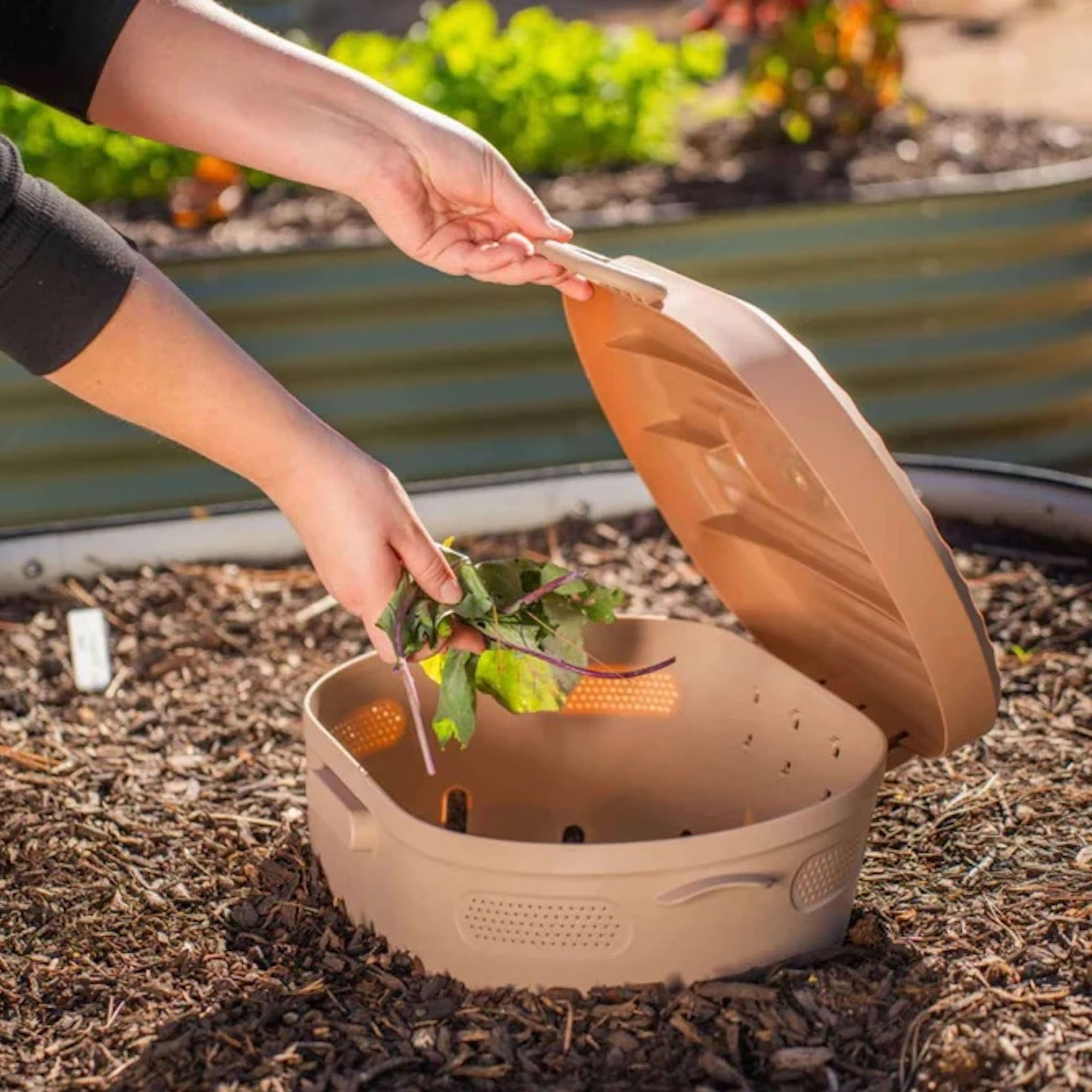 Try The Trend – Turn Any Bed Into A Keyhole Garden With This Clever In-Ground Composter
Try The Trend – Turn Any Bed Into A Keyhole Garden With This Clever In-Ground ComposterKeyhole gardening is an efficient and sustainable practice that saves space. Get started on this DIY project quickly and easily with an in-ground composter.
By Bonnie L. Grant
-
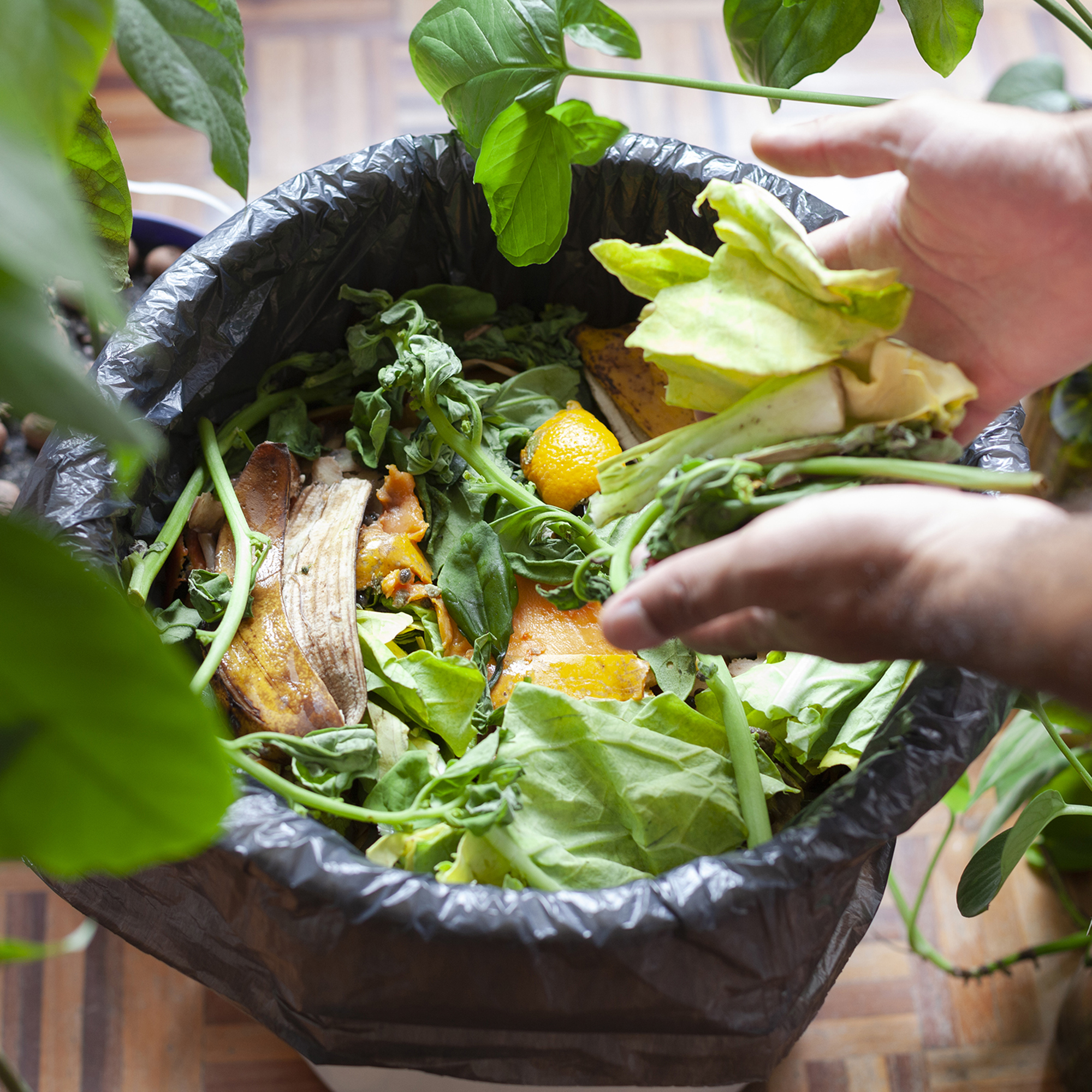 4 Superfast Composting Methods: Turn Waste Into Garden Gold In 30 Days Or Less
4 Superfast Composting Methods: Turn Waste Into Garden Gold In 30 Days Or LessTry the fastest composting methods to turbocharge your pile and transform kitchen scraps and garden waste into finished compost in just a few weeks.
By Mary Ellen Ellis
-
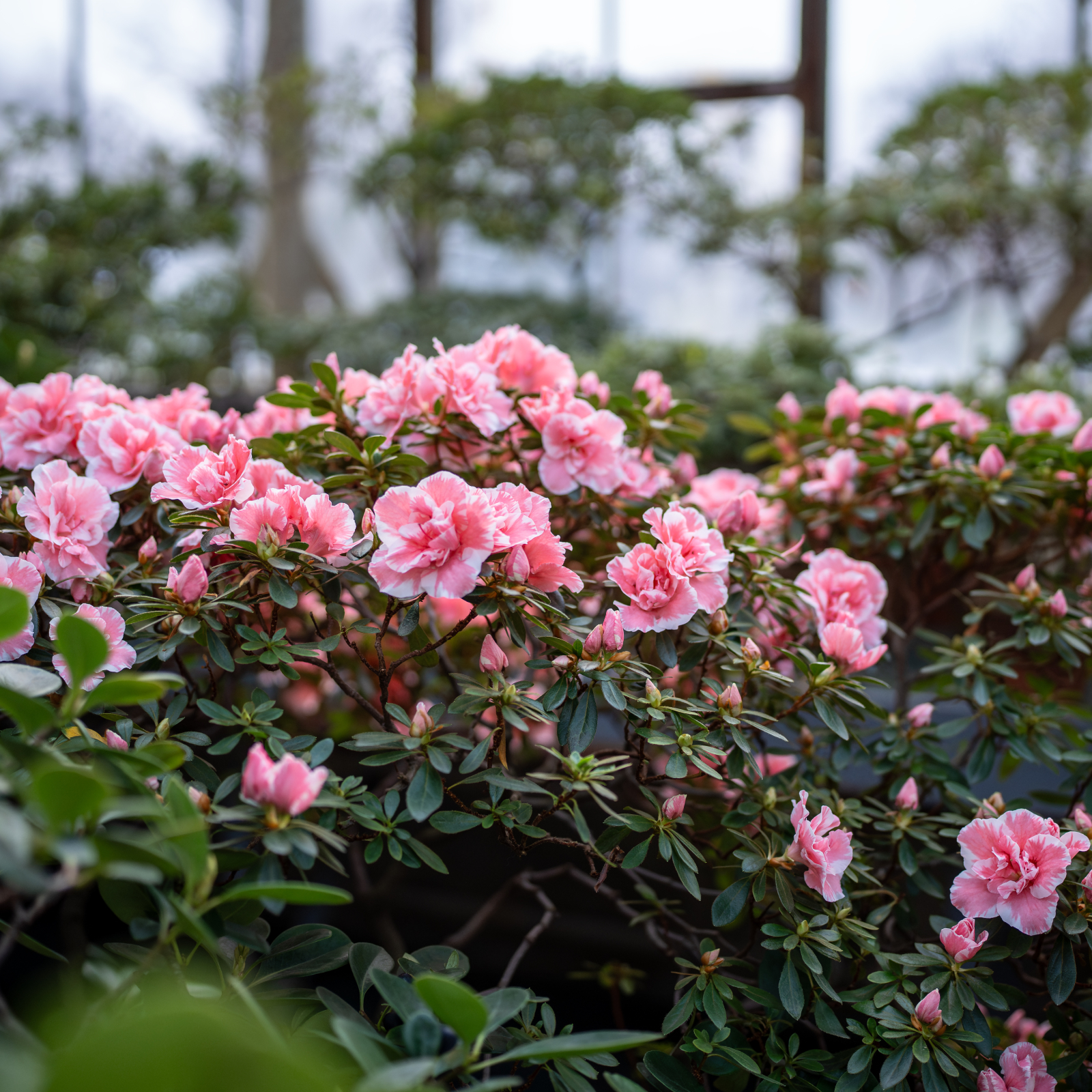 What Is The Size Of An Azalea? Explore Different Varieties That Will Suit Every Garden
What Is The Size Of An Azalea? Explore Different Varieties That Will Suit Every GardenThe size of azaleas can vary widely because they have been selectively bred for different landscape needs. Check out our picks for each size category.
By Mary Ellen Ellis
-
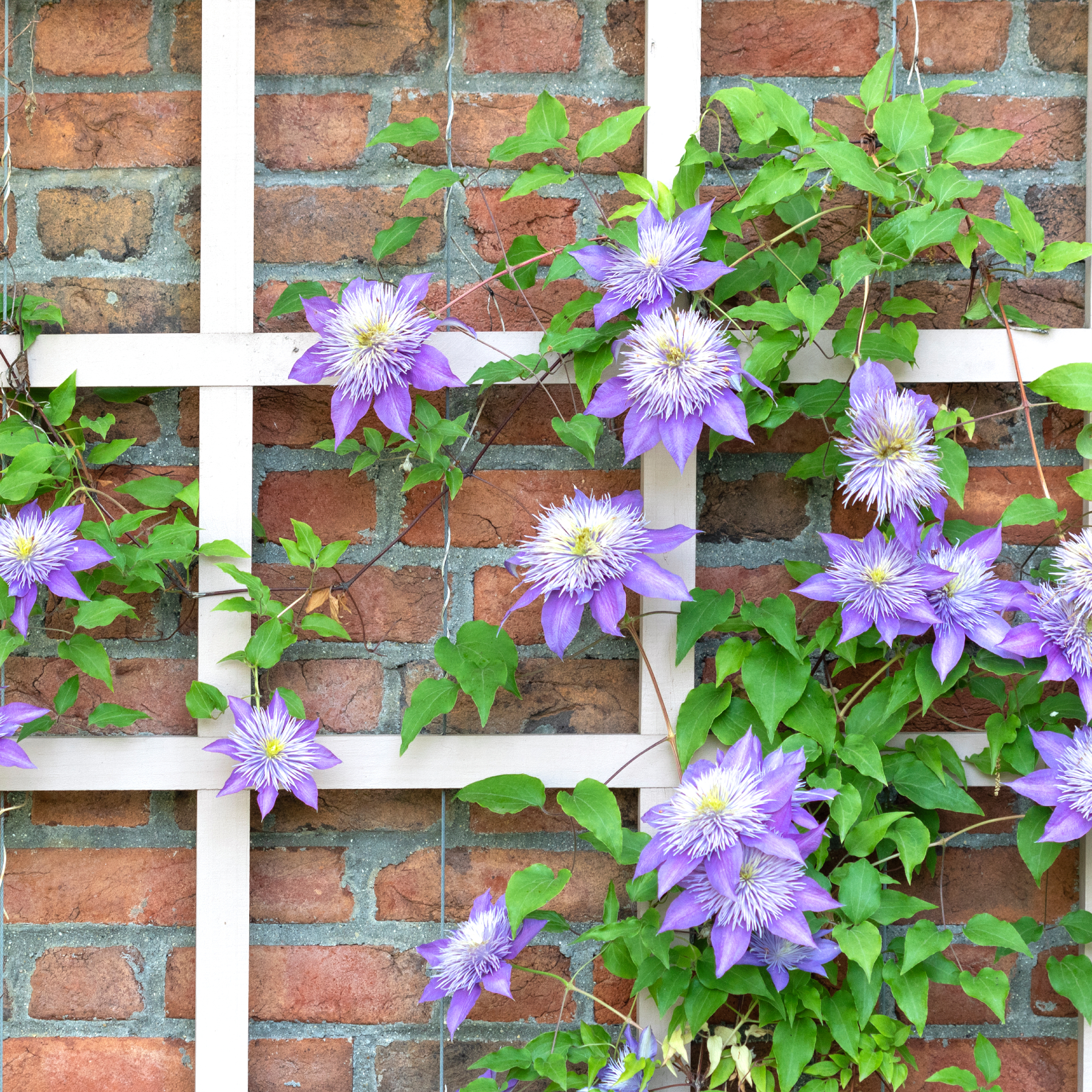 5 Fabulous Fast-Growing Vines – That Will Quickly Climb Any Arbor, Trellis, Or Fence
5 Fabulous Fast-Growing Vines – That Will Quickly Climb Any Arbor, Trellis, Or FenceThese fast growing vines are perfect for covering any eyesores in your yard or creating a living fence. They will provide great visual interest, as well.
By Amy Grant
-
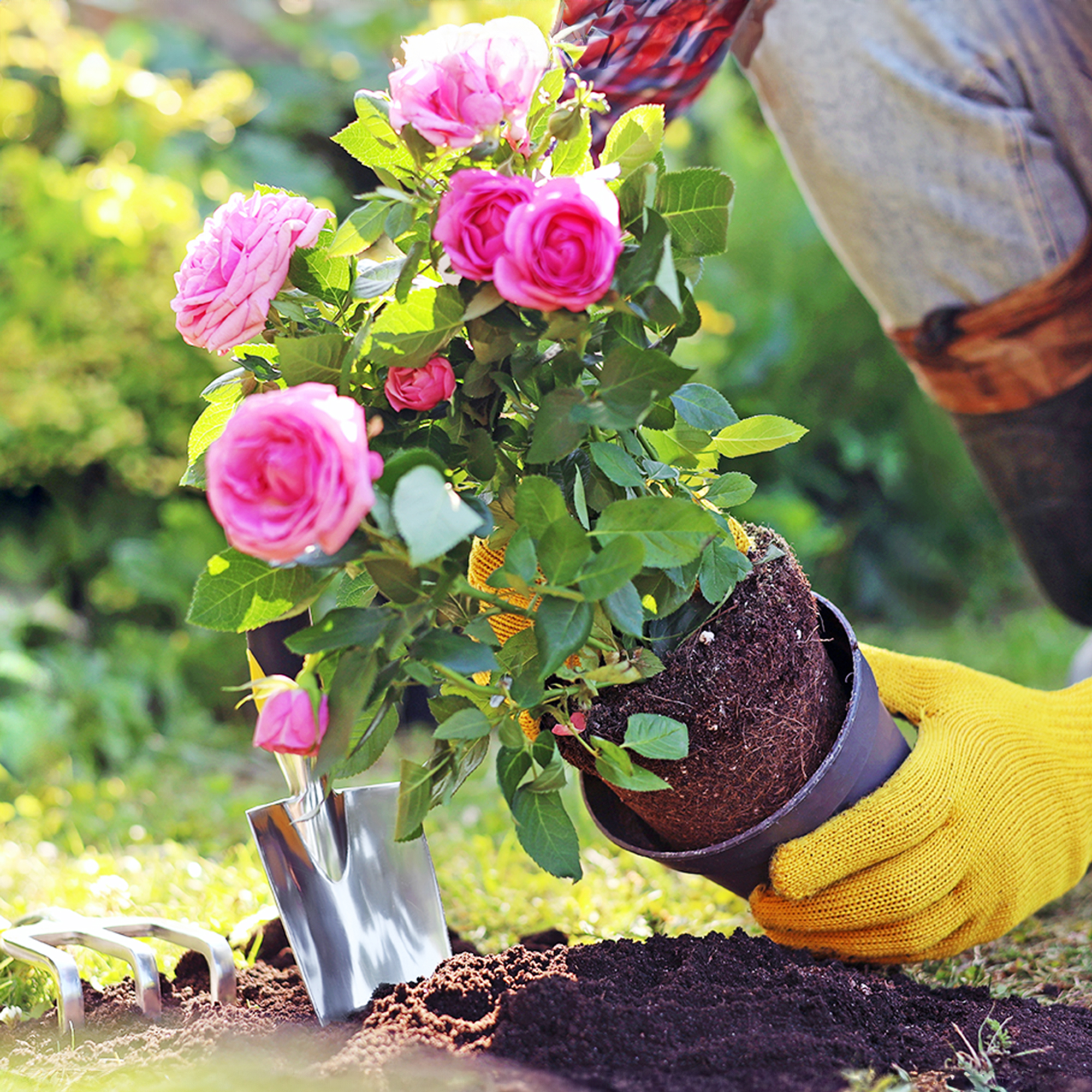 When To Plant Roses: The Best Time For Your Climate And Rose Type
When To Plant Roses: The Best Time For Your Climate And Rose TypePlant your roses at the right time and you will be rewarded with decades of glorious summer flowers – but get it wrong and you'll be crying over dead shrubs.
By Teo Spengler
-
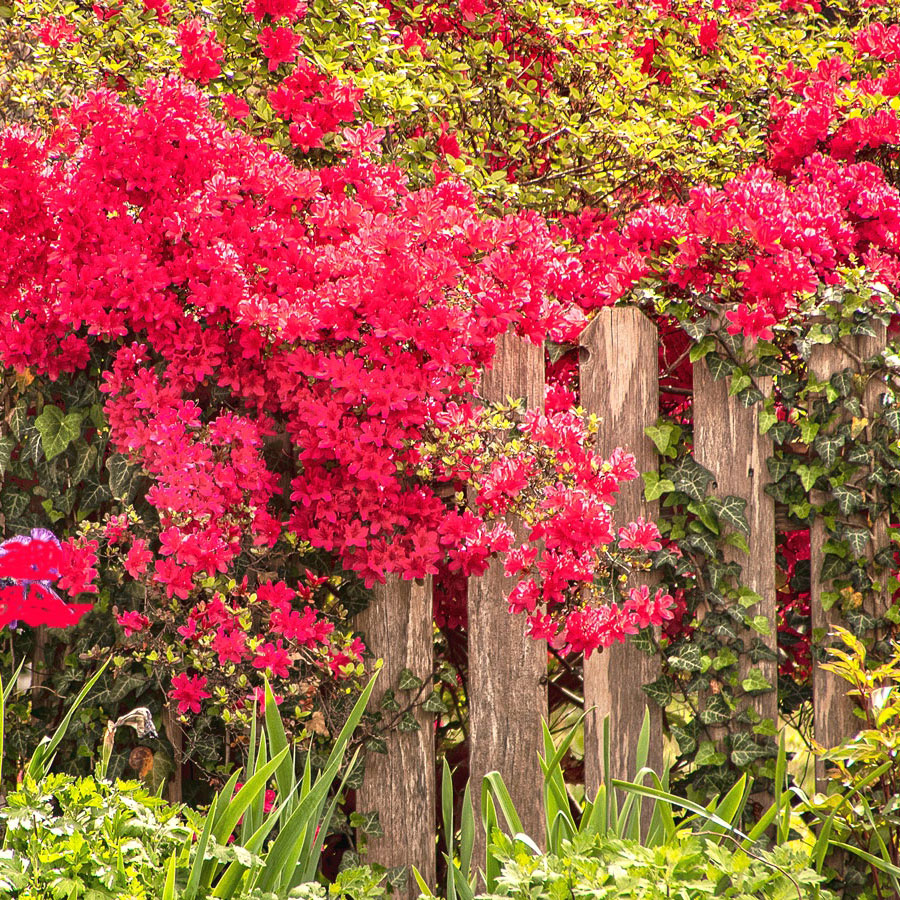 Spectacular Early Blooming Shrubs: 6 Sparkling Spring Flowering Bushes
Spectacular Early Blooming Shrubs: 6 Sparkling Spring Flowering BushesWant to kickstart your gardening year with dazzling spring flowering bushes for beds and borders? These unique early bloomers are sure to help you rise and shine!
By Teo Spengler
-
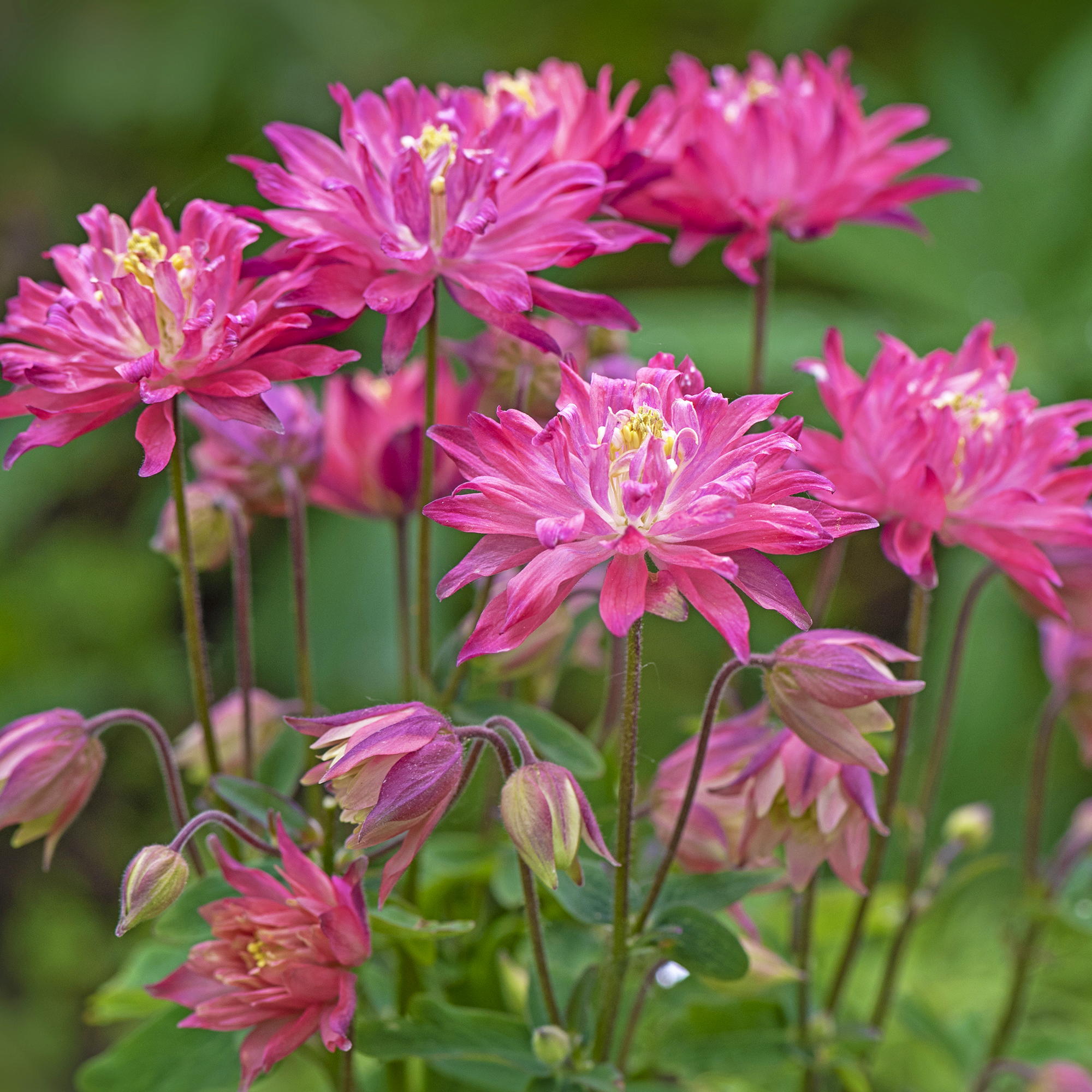 7 Shade-Loving Flowers To Start From Seed Now For A Stunning Summer Garden
7 Shade-Loving Flowers To Start From Seed Now For A Stunning Summer GardenTurn shady spots into vibrant new garden spaces with lovely and illuminating shade-loving flowers.
By Ellen Wells
-
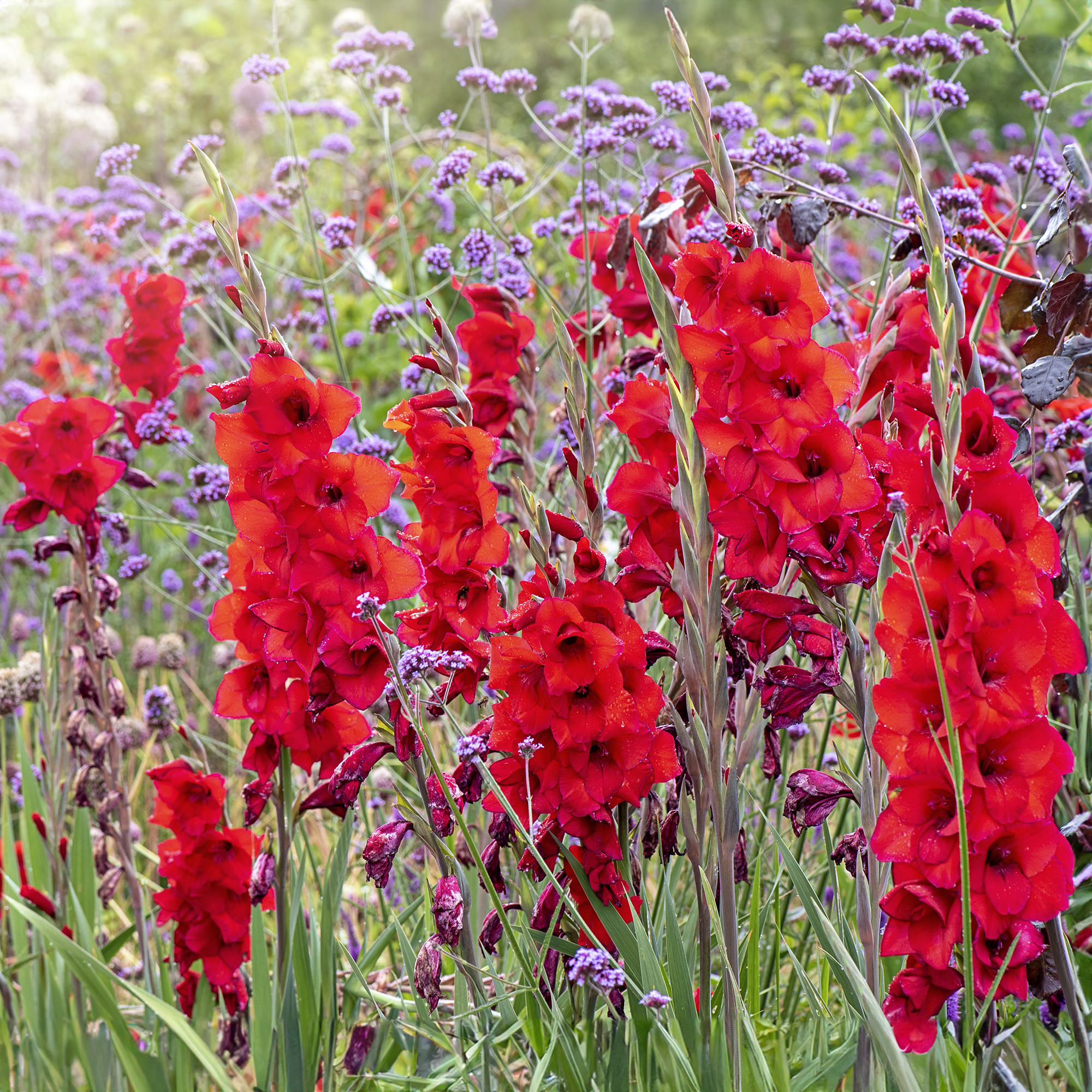 7 Summer-Blooming Bulbs To Plant In Early Spring: Don't Miss Months Of Glorious Flowers!
7 Summer-Blooming Bulbs To Plant In Early Spring: Don't Miss Months Of Glorious Flowers!Get a head start on stunning summer blooms with these easy-to-plant bulbs – act early and you will enjoy vibrant flowers that last for months on end.
By Mary Ellen Ellis
-
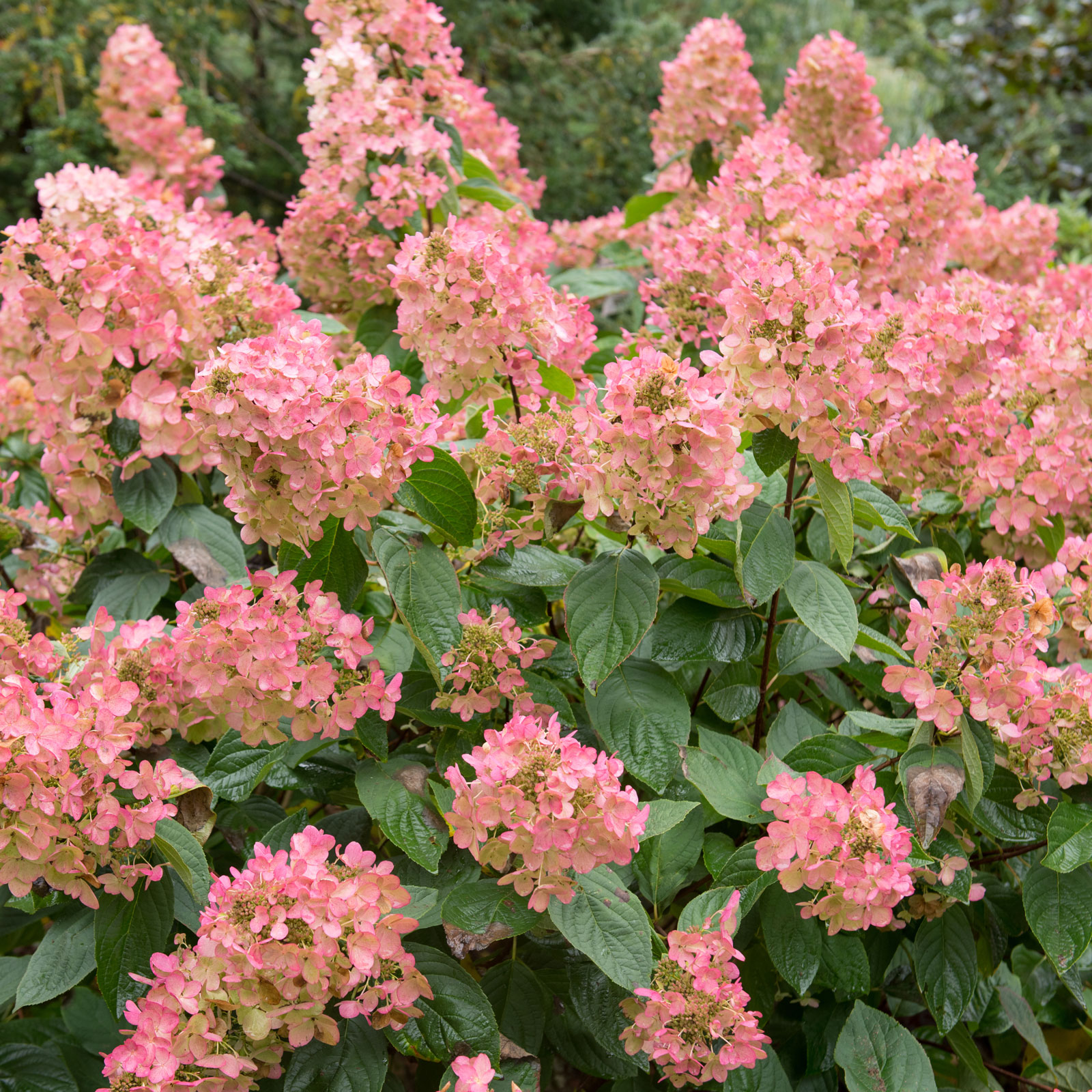 Quick Fire Hydrangea – The Elegant, Easy-Care Shrub Every Gardener Needs In Their Landscape
Quick Fire Hydrangea – The Elegant, Easy-Care Shrub Every Gardener Needs In Their LandscapeIf you’re after an early flowering panicle hydrangea that offers plenty of floral variety, the Quick Fire hydrangea goes big on visual dynamics from early summer to fall
By Tonya Barnett
-
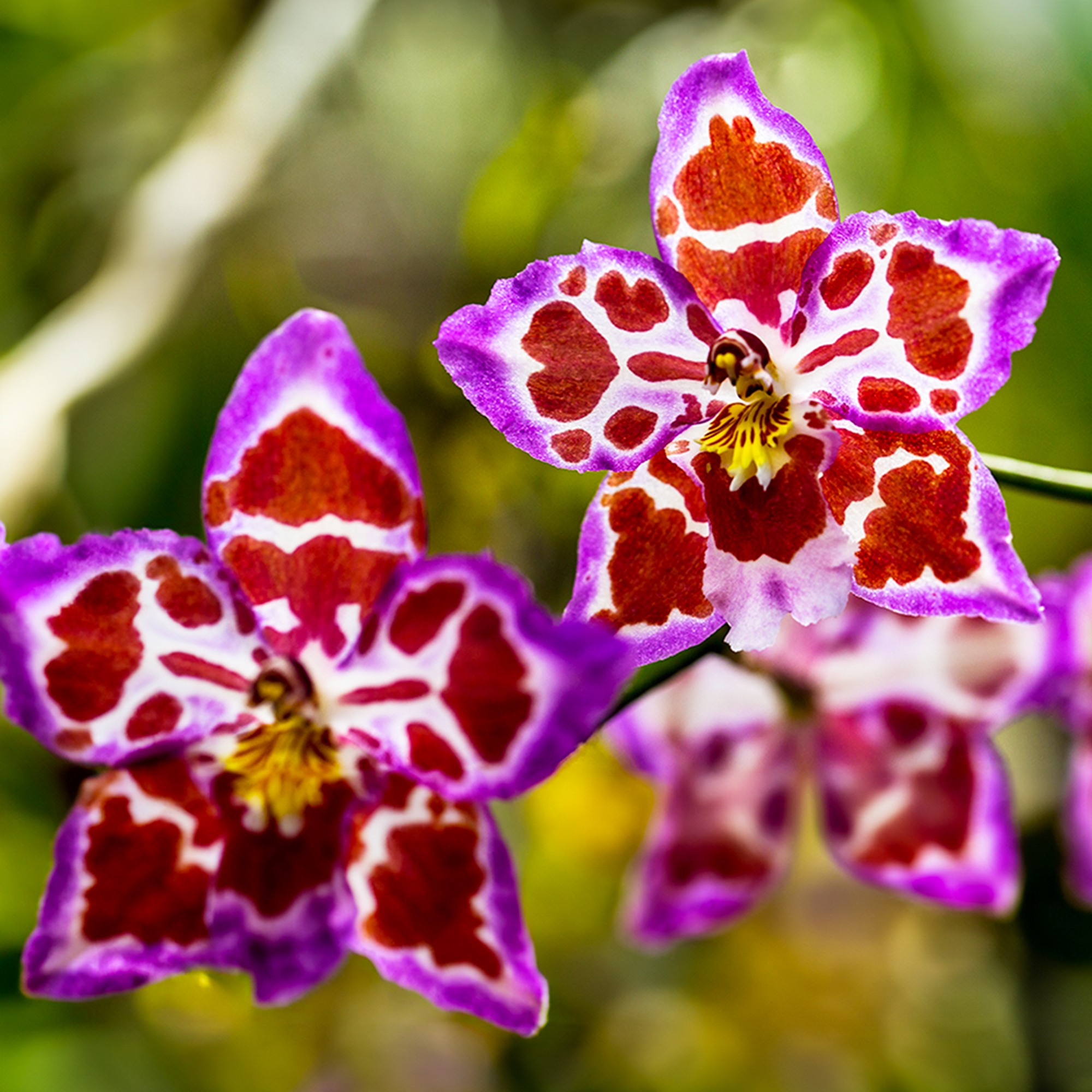 8 Rare Orchids That Make Stunning Houseplants – Some Are Surprisingly Easy To Grow
8 Rare Orchids That Make Stunning Houseplants – Some Are Surprisingly Easy To GrowDiscover unique orchids that will add exotic beauty to your home. Some make easygoing houseplants, while others offer a challenge for more seasoned growers.
By Melanie Griffiths